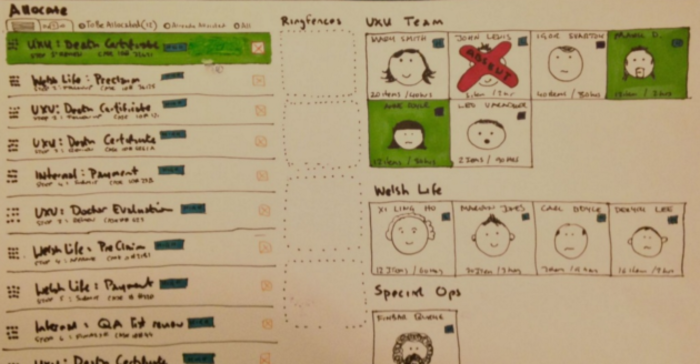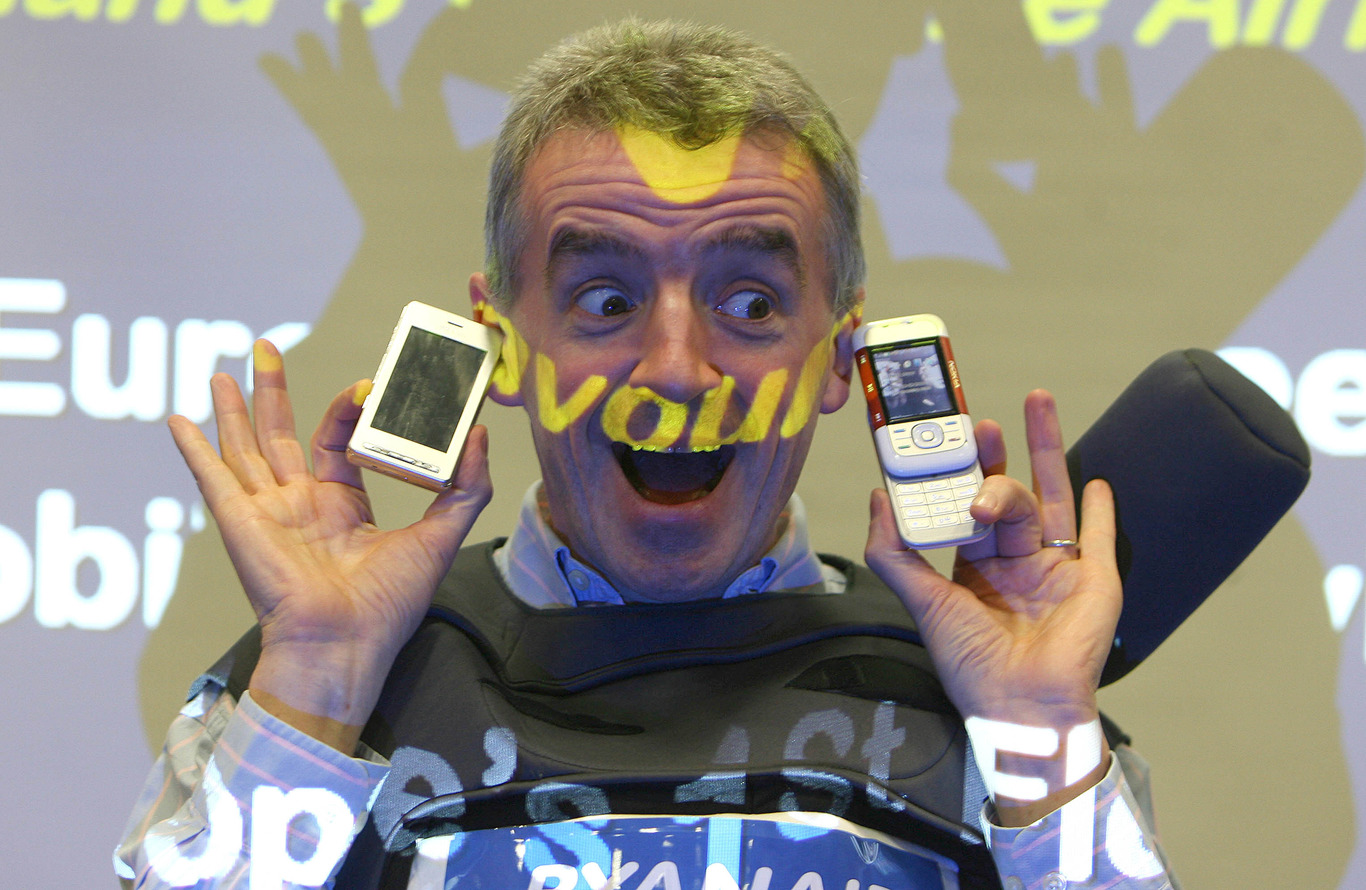What Ryanair's website can teach companies about the value of user experience
We spoke to an expert about the ways companies are coming up short in product design.
WHEN MICHAEL O’LEARY gave his seal of approval to overhaul Ryanair’s much-maligned website in 2014, it wasn’t a move made merely to appease disgruntled users.
The change also made good business sense, with one study into data from the travel industry showing that companies can expect a $10 to $100 return for every $1 that is invested in user experience (UX).
Although Ryanair didn’t invent the concept, it has helped put the topic firmly on the radar of Irish businesses, according to Graphic Mint director of user experience Séamus Byrne.
His company is a consultancy that helps businesses design user-friendly products and services. Last year it was recognised with an award at the New York-based UXies, the Oscars for user experience design, for the work it did on an app to help financial institutions delegate work.
Byrne said although Irish companies are aware of user experience as a concept, there is still a lot of confusion about what it really involves.
“Many people say it’s many different things, but UX is actually quite simple. User experience is all about the user. It’s not just enough to think about the user in your head and pretend you know who the user is,” he said.
“User experience involves going outside the office, going to your users, seeing where they sit, seeing what they do, understanding who they are and having an empathy for them.
“Then you can go back to the design or tech team and simply represent their needs in a product or service.”
 A mock-up made by Graphic Mint
A mock-up made by Graphic Mint
UX in Ireland
Byrne said there are a lot of examples of Irish startups and large businesses that are approaching user experience in the correct manner.
One such company is Brite:Bill, which has simplified the often-painful experience of bill and invoice management into one central place.
However, he said a lot of local firms still have a big disconnect in their organisation as they aren’t putting user experience at the core of their product and service design.
“Typically new clients of ours wouldn’t have a designer. There would be a team of developers and a business strategy team.
“The developers are probably really good programmers and the business team will have the best viable business idea in the world, but with no connect between the two, sooner or later you will find your product isn’t desirable by people.”
He added that since consumers are used to simple experiences in other apps, if an online service is too clunky and difficult to use, they simply won’t come back.
“No matter how great or big your company is, things change over time and users’ expectations have change based on simplicity.
“If users are finding simple experiences through various applications in their day-to-day lives, they will then expect it from everywhere.”
Gold rush
Byrne said there is a ‘gold rush’ for people with expertise in user experience going on in Ireland at the moment, but the talent isn’t there to match demand. Currently over 600 companies on LinkedIn have advertised roles that require some expertise in the field.
“When I’m hiring people, I look at CVs and see graphic designers who claim to have UX as a skill, but they usually just have graphic design experience and education,” Byrne added. “That doesn’t make them a user-experience designer.”
He said the “bridge is broken between academia and industry” but added his company was trying to fill the gap by running its own training sessions.
“If we educate people in how to prototype, conduct user research and usability testing, then we’re going to increase the pool of talent. It might not benefit us, but it might help the community.”
The Graphic Mint is running a workshop on User Experience (UX) for Business on Friday, 20 May.






